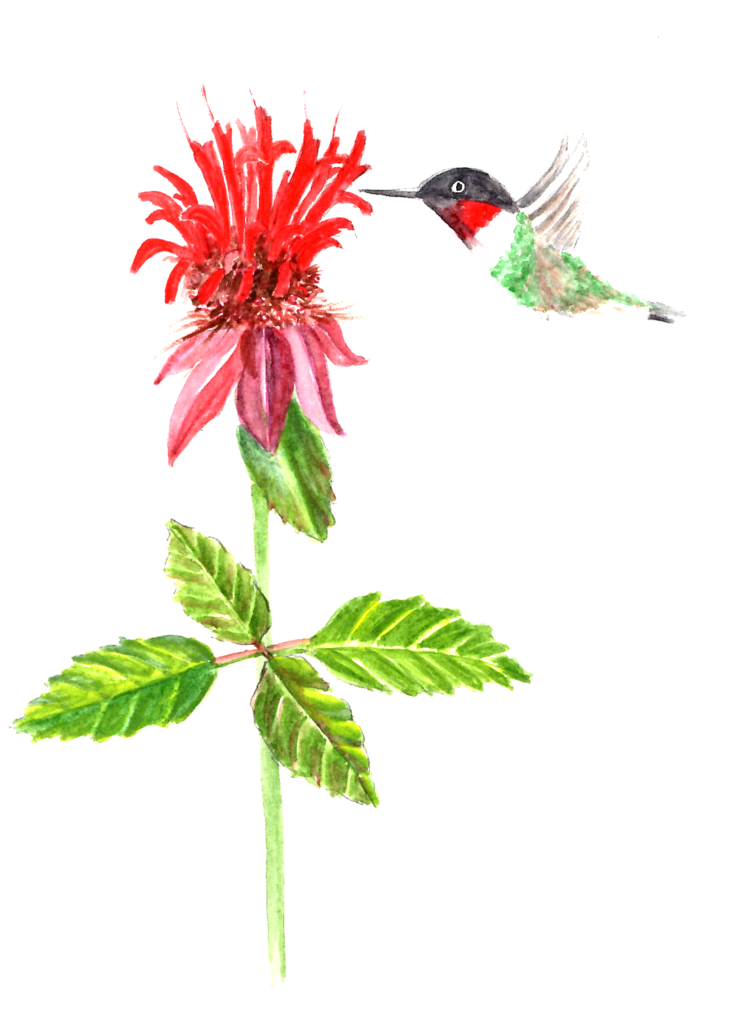
The beebalm in my garden began blooming this week and with it came the first hummingbirds of the season. No matter how many times I have sat and watched these little bundles of joy and energy, I am still in awe of what they can do.
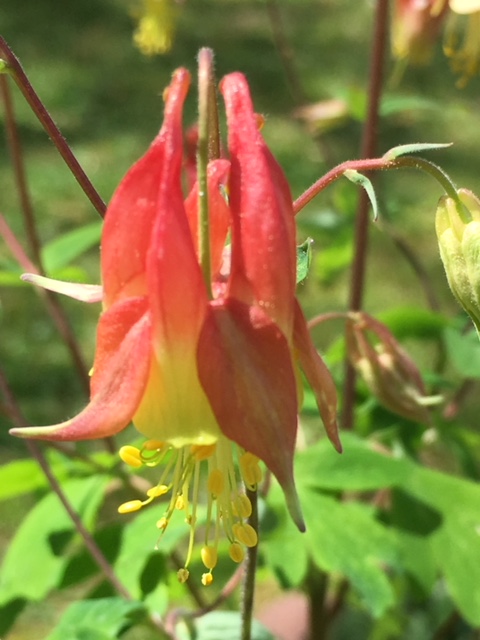
Of course the hummingbirds on my flowers are ruby throated. The brilliant colors on the throat are not from pigments but are caused by refracted light. The angle and the amount of light directly influences how dull or sparkling these birds appear.
I say “of course,” because the ruby throated is the only hummingbird to occur in the eastern part of North America. There are 24 species of hummingbirds that have been known to at least visit the United Sates, if not breed here. Only 8 species do that. The other 317 species of hummers in the world live in Central and South America and the Caribbean.
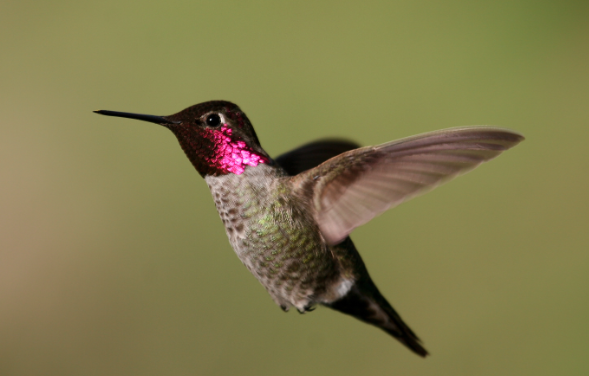
Hummingbirds are truly amazing, especially for their size. Each day that have to eat half their weight in sugar. Granted, that’s not much as a ruby throated weighs only 3 grams (to give you some perspective, a nickel weighs 4.5 grams). They can fly backwards and when going forwards can fly at a horizontal speed of 30 mph. In a vertical dive, they can reach 60 mph.
The smallest hummingbird, the bee hummer, lives in Cuba and is only 2 1/4 inches long. Not surprisingly, hummingbirds lay the smallest eggs of any bird. The ruby throated egg is about the same size as a jelly bean.
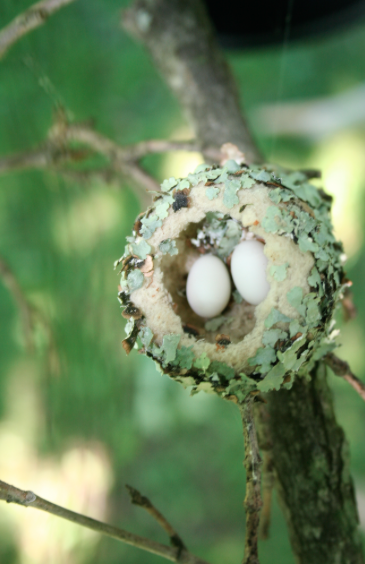
Hummingbirds perform heroic feats of migration. The gold medal winner is the rufous which travels 3000 miles from Alaska to Mexico every year. The ruby throated crosses the Gulf of Mexico, clocking in an impressive 500 miles a year.
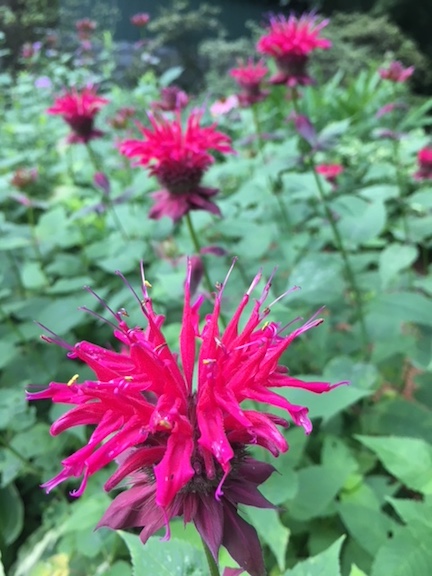

It’s relatively easy to attract hummingbirds to your garden. They love brightly colored (more than just red!) tubular flowers such as trumpet fine, foxgloves, impatiens, petunias, cardinal flower, salvia and day lilies.
